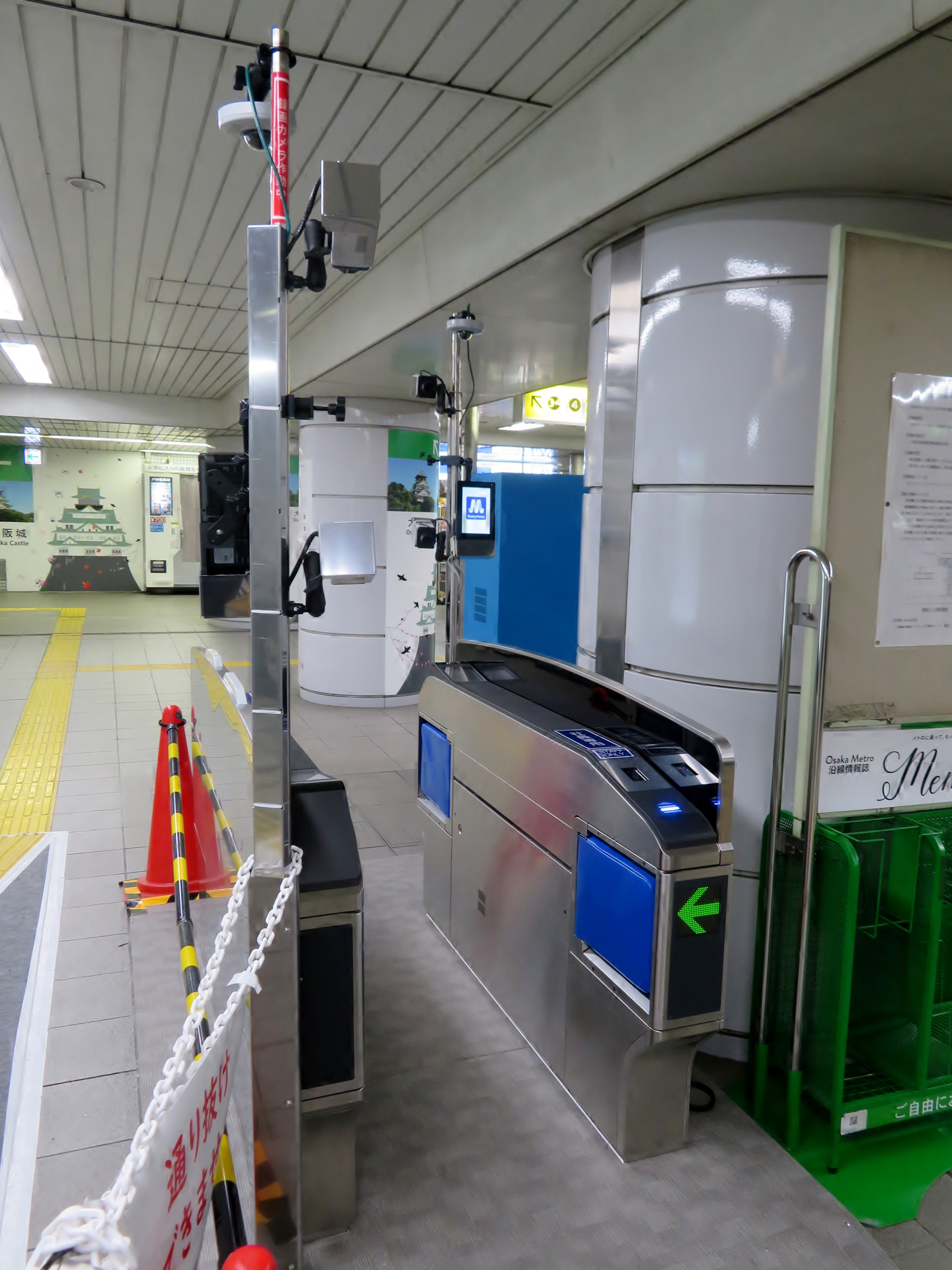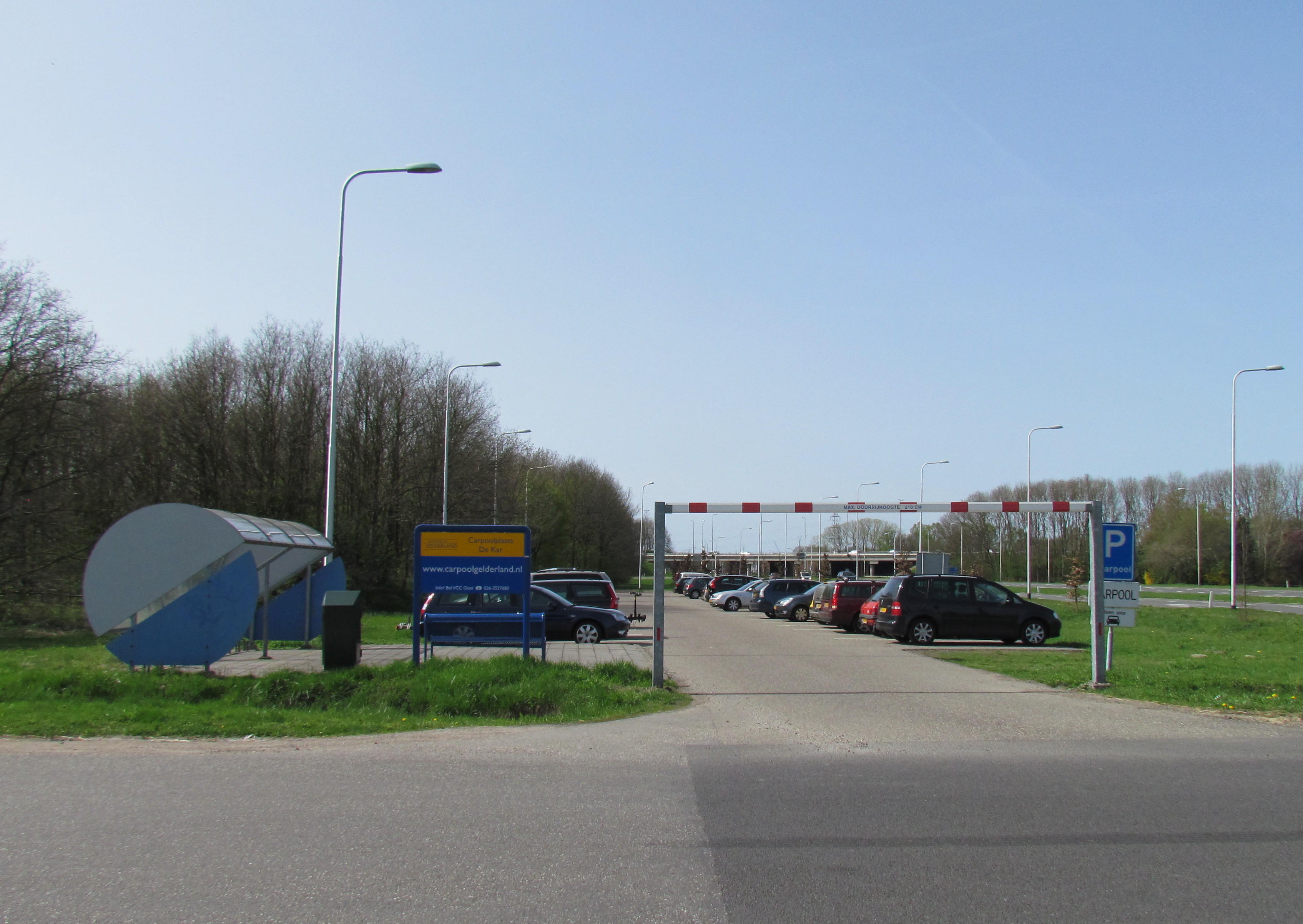|
Ride Sharing Privacy
Ride sharing networks face issues of user privacy like other online platforms do. Concerns surrounding the apps include the security of financial details (which are often required to pay for the service), and privacy of personal details and location. Privacy concerns can also rise during the ride as some drivers choose to use passenger facing cameras for their own security. As the use of ride sharing services become more widespread so do the privacy issues associated with them. History Ride-sharing has been a concept since World War II, but it wasn't until around the 1990s when programs started to digitize. Some of the first telephone-based ride-matching programs were Bellevue Smart Traveler from the University of Washington, Los Angeles Smart Traveler from Los Angeles's Commuter Transportation Services, and Rideshare Express from Sacramento Rideshare. However, in these telephone-based programs the operational costs started exceeding their revenues and an alternative, internet and ... [...More Info...] [...Related Items...] OR: [Wikipedia] [Google] [Baidu] |
Transportation Network Company
A ridesharing company (also known as a transportation network company, ride-hailing service; the vehicles are called app-taxis or e-taxis) is a company that, via websites and mobile apps, matches passengers with drivers of vehicles for hire that, unlike taxicabs, cannot legally be hailed from the street. The legality of ridesharing companies by jurisdiction varies; in some areas they have been banned and are considered to be illegal taxicab operations. Regulations can include requirements for driver background checks, fares, caps on the number of drivers in an area, insurance, licensing, and minimum wage. Terminology: ridesharing vs. ridehailing The term "ridesharing" has been used by many international news sources, including The Washington Post, CNN, BBC News, The New York Times, the Associated Press, and the Los Angeles Times. Groups representing drivers, including Rideshare Drivers United and The Rideshare Guy (Harry Campbell), also use the term "rideshare", since "hailing ... [...More Info...] [...Related Items...] OR: [Wikipedia] [Google] [Baidu] |
Facial Recognition System
A facial recognition system is a technology capable of matching a human face from a digital image or a video frame against a database of faces. Such a system is typically employed to authenticate users through ID verification services, and works by pinpointing and measuring facial features from a given image. Development began on similar systems in the 1960s, beginning as a form of computer application. Since their inception, facial recognition systems have seen wider uses in recent times on smartphones and in other forms of technology, such as robotics. Because computerized facial recognition involves the measurement of a human's physiological characteristics, facial recognition systems are categorized as biometrics. Although the accuracy of facial recognition systems as a biometric technology is lower than iris recognition and fingerprint recognition, it is widely adopted due to its contactless process. Facial recognition systems have been deployed in advanced human–compu ... [...More Info...] [...Related Items...] OR: [Wikipedia] [Google] [Baidu] |
Dashcam
A dashboard camera or simply dashcam, also known as car digital video recorder (car DVR), driving recorder, or event data recorder (EDR), is an onboard camera that continuously records the view through a vehicle's front windscreen and sometimes rear or other windows. Some dashcams include a camera to record the interior of the car in 360 degrees inside camera, usually in a ball form, and can automatically send pictures and video using 4G. EDRs and some dashcams also record acceleration/deceleration g-force, speed, steering angle, GPS data, voltage of the power source (vehicle's electrical net), etc. A wide-angle 130, 170° or more front camera may be attached to the interior windscreen, to the rear-view mirror (clip on), or to the top of the dashboard, by suction cup or adhesive-tape mount. A rear camera is usually mounted in the rear window or in the registration plate, with a RCA video output to the display monitor/screen. The resolution will determine the overall quality ... [...More Info...] [...Related Items...] OR: [Wikipedia] [Google] [Baidu] |
Closed-circuit Television
Closed-circuit television (CCTV), also known as video surveillance, is the use of video cameras to transmit a signal to a specific place, on a limited set of monitors. It differs from broadcast television in that the signal is not openly transmitted, though it may employ point-to-point (P2P), point-to-multipoint (P2MP), or mesh wired or wireless links. Even though almost all video cameras fit this definition, the term is most often applied to those used for surveillance in areas that require additional security or ongoing monitoring (Videotelephony is seldom called "CCTV"). Surveillance of the public using CCTV is common in many areas around the world. In recent years, the use of body worn video cameras has been introduced as a new form of surveillance, often used in law enforcement, with cameras located on a police officer's chest or head. Video surveillance has generated significant debate about balancing its use with individuals' right to privacy even when in public. ... [...More Info...] [...Related Items...] OR: [Wikipedia] [Google] [Baidu] |
Carpool
Carpooling (also car-sharing, ride-sharing and lift-sharing) is the sharing of car journeys so that more than one person travels in a car, and prevents the need for others to have to drive to a location themselves. By having more people using one vehicle, carpooling reduces each person's travel costs such as: fuel costs, tolls, and the stress of driving. Carpooling is also a more environmentally friendly and sustainable way to travel as sharing journeys reduces air pollution, carbon emissions, traffic congestion on the roads, and the need for parking spaces. Authorities often encourage carpooling, especially during periods of high pollution or high fuel prices. Car sharing is a good way to use up the full seating capacity of a car, which would otherwise remain unused if it were just the driver using the car. In 2009, carpooling represented 43.5% of all trips in the United States and 10% of commute trips. The majority of carpool commutes (over 60%) are "fam-pools" with fam ... [...More Info...] [...Related Items...] OR: [Wikipedia] [Google] [Baidu] |
K-anonymity
''k''-anonymity is a property possessed by certain anonymized data. The concept of ''k''-anonymity was first introduced by Latanya Sweeney and Pierangela Samarati in a paper published in 1998 as an attempt to solve the problem: "Given person-specific field-structured data, produce a release of the data with scientific guarantees that the individuals who are the subjects of the data cannot be re-identified while the data remain practically useful." A release of data is said to have the ''k''-anonymity property if the information for each person contained in the release cannot be distinguished from at least k - 1 individuals whose information also appear in the release. Unfortunately, the guarantees provided by k-anonymity are aspirational, not mathematical. Methods for ''k''-anonymization To use k-anonymity to process a dataset so that it can be released with privacy protection, a data scientist must first examine the dataset and decide if each attribute (column) is an ''identifie ... [...More Info...] [...Related Items...] OR: [Wikipedia] [Google] [Baidu] |
Linux
Linux ( or ) is a family of open-source Unix-like operating systems based on the Linux kernel, an operating system kernel first released on September 17, 1991, by Linus Torvalds. Linux is typically packaged as a Linux distribution, which includes the kernel and supporting system software and libraries, many of which are provided by the GNU Project. Many Linux distributions use the word "Linux" in their name, but the Free Software Foundation uses the name "GNU/Linux" to emphasize the importance of GNU software, causing some controversy. Popular Linux distributions include Debian, Fedora Linux, and Ubuntu, the latter of which itself consists of many different distributions and modifications, including Lubuntu and Xubuntu. Commercial distributions include Red Hat Enterprise Linux and SUSE Linux Enterprise. Desktop Linux distributions include a windowing system such as X11 or Wayland, and a desktop environment such as GNOME or KDE Plasma. Distributions intended for ser ... [...More Info...] [...Related Items...] OR: [Wikipedia] [Google] [Baidu] |
MacOS
macOS (; previously OS X and originally Mac OS X) is a Unix operating system developed and marketed by Apple Inc. since 2001. It is the primary operating system for Apple's Mac computers. Within the market of desktop and laptop computers it is the second most widely used desktop OS, after Microsoft Windows and ahead of ChromeOS. macOS succeeded the classic Mac OS, a Mac operating system with nine releases from 1984 to 1999. During this time, Apple cofounder Steve Jobs had left Apple and started another company, NeXT, developing the NeXTSTEP platform that would later be acquired by Apple to form the basis of macOS. The first desktop version, Mac OS X 10.0, was released in March 2001, with its first update, 10.1, arriving later that year. All releases from Mac OS X 10.5 Leopard and after are UNIX 03 certified, with an exception for OS X 10.7 Lion. Apple's other operating systems (iOS, iPadOS, watchOS, tvOS, audioOS) are derivatives of macOS. A promi ... [...More Info...] [...Related Items...] OR: [Wikipedia] [Google] [Baidu] |
Geolocation
Geopositioning, also known as geotracking, geolocalization, geolocating, geolocation, or geoposition fixing, is the process of determining or estimating the geographic position of an object. Geopositioning yields a set of Geographic coordinate system, geographic coordinates (such as latitude and longitude) in a given map datum; positions may also be expressed as a bearing and range from a known landmark. In turn, positions can determine a meaningful location, such as a street address. Specific instances include: animal geotracking, the process of inferring the location of animals; positioning system, the mechanisms for the determination of geographic positions in general; internet geolocation, geolocating a device connected to the internet; and mobile phone tracking. Background Geopositioning uses various visual and Electronics, electronic methods including position lines and position circles, celestial navigation, radio navigation, and the use of satellite navigation systems. ... [...More Info...] [...Related Items...] OR: [Wikipedia] [Google] [Baidu] |
Privacy
Privacy (, ) is the ability of an individual or group to seclude themselves or information about themselves, and thereby express themselves selectively. The domain of privacy partially overlaps with security, which can include the concepts of appropriate use and protection of information. Privacy may also take the form of bodily integrity. The right not to be subjected to unsanctioned invasions of privacy by the government, corporations, or individuals is part of many countries' privacy laws, and in some cases, constitutions. The concept of universal individual privacy is a modern concept primarily associated with Western culture, particularly British and North American, and remained virtually unknown in some cultures until recent times. Now, most cultures recognize the ability of individuals to withhold certain parts of personal information from wider society. With the rise of technology, the debate regarding privacy has shifted from a bodily sense to a digital sense. As the ... [...More Info...] [...Related Items...] OR: [Wikipedia] [Google] [Baidu] |
Omnibus Crime Control And Safe Streets Act Of 1968
The Omnibus Crime Control and Safe Streets Act of 1968 (, codified at ''et seq.'') was legislation passed by the Congress of the United States and signed into law by President Lyndon B. Johnson that established the Law Enforcement Assistance Administration (LEAA). Title III of the Act set rules for obtaining wiretap orders in the United States. The act was a major accomplishment of Johnson's war on crime. Grants The LEAA, which was superseded by the Office of Justice Programs, provided federal grant funding for criminology and criminal justice research, much of which focused on social aspects of crime. Research grants were also provided to develop alternative sanctions for punishment of young offenders. Block grants were provided to the states, with $100 million in funding. Within that amount, $50 million was earmarked for assistance to local law enforcement agencies, which included funds to deal with riot control and organized crime. Handguns The Omnibus Crime Bill also p ... [...More Info...] [...Related Items...] OR: [Wikipedia] [Google] [Baidu] |
Lyft
Lyft, Inc. offers mobility as a service, ride-hailing, vehicles for hire, motorized scooters, a bicycle-sharing system, rental cars, and food delivery in the United States and select cities in Canada. Lyft sets fares, which vary using a dynamic pricing model based on local supply and demand at the time of the booking and are quoted to the customer in advance, and receives a commission from each booking. Lyft is the second-largest ridesharing company in the United States after Uber. History Lyft was launched in the summer of 2012 by computer programmers Logan Green and John Zimmer as a service of Zimride, a long-distance intercity carpooling company focused on college transport that they founded in 2007 after Green shared rides from the University of California, Santa Barbara campus to visit his girlfriend in Los Angeles and was seeking an easier way to share rides. In May 2013, the company changed its name from Zimride to Lyft. Later that year, Lyft sold the original Zimride ... [...More Info...] [...Related Items...] OR: [Wikipedia] [Google] [Baidu] |




.jpg)


